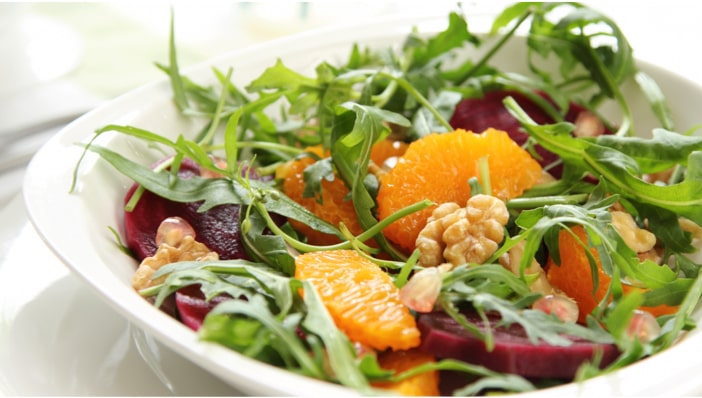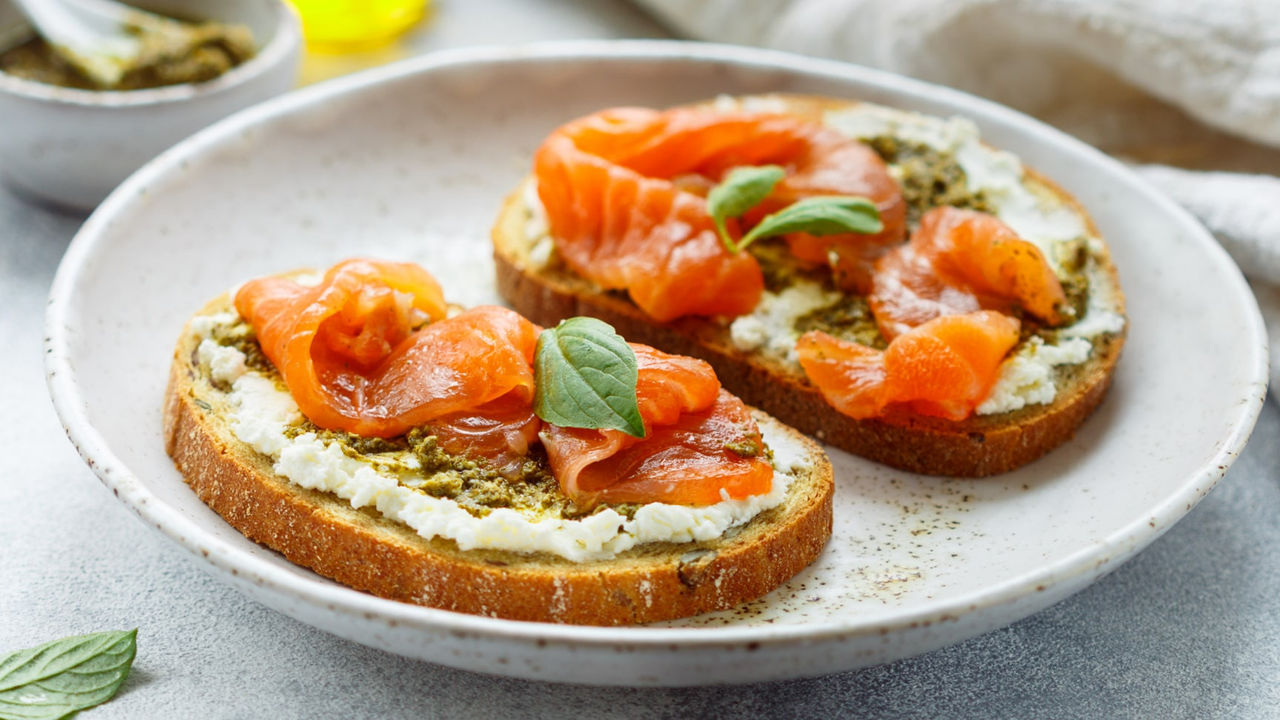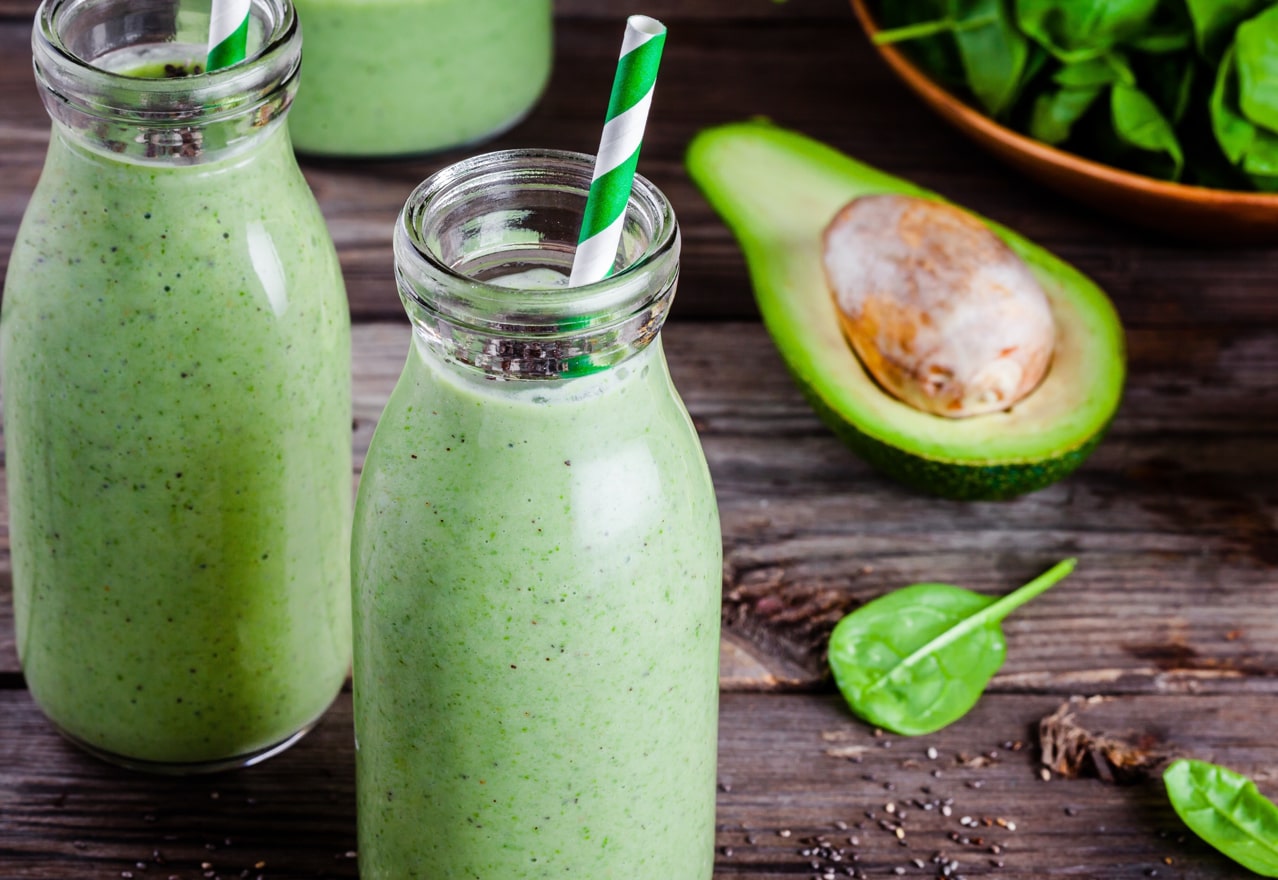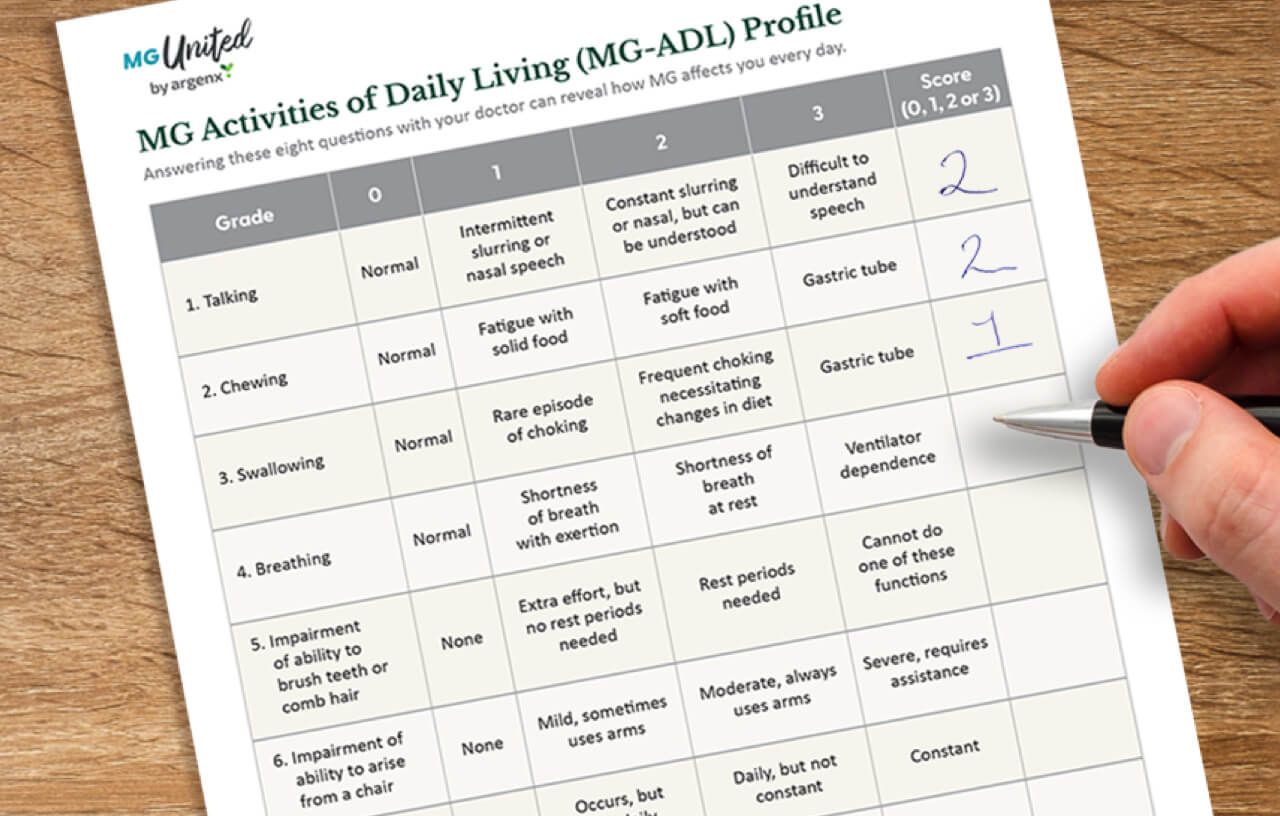Get the 411 on what the scientific community thinks about this much-discussed approach to eating.
Diet trends come and go. Lately, there’s been curiosity in the myasthenia gravis community about the anti-inflammatory diet. MG United set out to explore what it is.
What Is the Anti-inflammatory Diet?
According to the Mayo Clinic, “Scientists are still unraveling how food affects the body's inflammatory processes, but they know a few things. Research shows that what you eat can affect the levels of C-reactive protein (CRP)—a marker for inflammation—in your blood.”2
The anti-inflammatory diet is based on the idea that eating habits can affect inflammation. People who follow the diet avoid foods thought to cause inflammation and eat foods rich in ingredients thought to suppress it.1
What Anti-inflammatory Dieters Don’t Eat1
People following the anti-inflammatory diet stay away from foods that are high in simple carbs and saturated fats. They also avoid foods that are low in fiber and unsaturated fats. Some foods that fans of the anti-inflammatory diet are likely to limit include:
- Sweets, candies and cakes
- Refined white pastas and bread
- Processed foods
- Fried foods
- Red meat and full-fat dairy foods
- Any foods high in saturated and trans fats
What Anti-inflammatory Dieters Do Eat1
In general, foods within the anti-inflammatory diet are those foods you often hear encouraged by nutritionists. The diet encourages fruits and vegetables, whole grains and plant-based proteins. The anti-inflammatory diet pushes for foods that are rich in polyunsaturated fatty acids, vitamins A and D, polyphenols and gingerols.
Here’s a list of ingredients that anti-inflammatory dieters look for, and some of the foods that are rich in them:
- Polyunsaturated fatty acids (such as omega-3s): brussels sprouts, cabbage, cauliflower, fennel, kale, tuna, mackerel, Baltic herring, walnuts, chia seeds and flax seeds1,3,4
- Vitamin A: carrots, spinach, tomatoes, peaches, apricots, mangos, nectarines, papayas, pumpkins and sweet potatoes5,6
- Vitamin D: salmon, trout, mackerel, herring, kipper, mushrooms, as well as fortified milks, cereals and juices7,8
- Polyphenols: fruits, vegetables, whole grains, extra virgin olive oil and dark chocolate9-11 (See “5 MG-Friendly Smoothies” for recipes with the above.)
- Gingerols: turmeric (aka curcumin), ginger, cinnamon, rosemary, thyme and black pepper11
Portion Size Still Matters12
Sensible portion control is a cornerstone of weight management, and the anti-inflammatory diet is no exception.13 Discussions around specific portions and types of food should be part of your ongoing dialogue with your care team. One example of an anti-inflammatory food plan that has some general portion-control guidelines is the Mediterranean diet. This diet mimics eating habits historically found in the regions around the Mediterranean Sea and is recognized by the World Health Organization as a healthy diet.1,12
Here are the Mediterranean diet’s general guidelines:
- Whole grains daily (for example, whole grain bread, pasta or brown rice)
- Four to six servings of fruits daily
- Two to three servings of vegetables daily
- Olive oil (as the main fat)
- One or two nonfat or low-fat dairy products daily
- Four to six servings of fish, poultry or nuts per week
- Four to five servings of red meat per month
Trying to Eat Healthier Is Always a Good Choice
Right now, the science is unclear about the potential benefits of the anti-inflammatory diet. But generally, experts agree that this style of eating is healthy.1 For people with myasthenia gravis, finding the right diet can be possible with some help from your care provider.
Please consult your healthcare team for which recipes are best for your dietary needs, whether any modifications would be appropriate, and consider any allergies or dietary restrictions before making these recipes.















